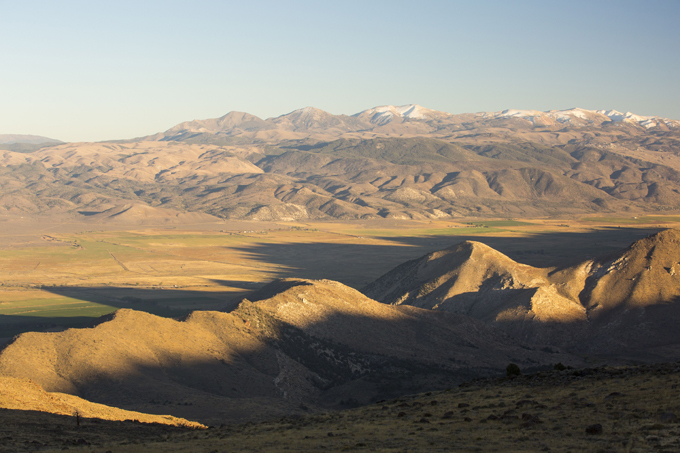
What can we expect from super volcanoes?

So-called volcanic winters have caused catastrophic famines. One proposed volcanic winter happened c. 70,000 years ago following the supereruption of Lake Toba on Sumatra island in Indonesia. According to the Toba catastrophe theory to which some anthropologists and archeologists subscribe, it had global consequences, killing most humans then alive and creating a population bottleneck that affected the genetic inheritance of all humans today

Sulfate aerosols promote complex chemical reactions on their surfaces that alter chlorine and nitrogen chemical species in the stratosphere. This effect, together with increased stratospheric chlorine levels from chlorofluorocarbon pollution, generates chlorine monoxide (ClO), which destroys ozone (O3)

Gas emissions from volcanoes are a natural contributor to acid rain. Volcanic activity releases about 130 to 230 teragrams (145 million to 255 million short tons) of carbon dioxideeach year

Ash thrown into the air by eruptions can present a hazard to aircraft, especially jet aircraft where the particles can be melted by the high operating temperature; the melted particles then adhere to the turbine blades and alter their shape, disrupting the operation of the turbine. Dangerous encounters in 1982 after the eruption of Galunggung in Indonesia, and 1989 after the eruption of Mount Redoubt in Alaska raised awareness of this phenomenon
Volcanic eruptions may inject aerosols into the Earth's atmosphere. Large injections may cause visual effects such as unusually colorful sunsets and affect global climate mainly by cooling it
Most of the hydrogen chloride (HCl) and hydrogen fluoride (HF) are dissolved in water droplets in the eruption cloud and quickly fall to the ground as acid rain
The injected ash also falls rapidly from the stratosphere; most of it is removed within several days to a few weeks. Finally, explosive volcanic eruptions release the greenhouse gas carbon dioxide and thus provide a deep source of carbon for biogeochemical cycles
Volcanic eruptions can also create new islands, as the magma cools and solidifies upon contact with the water.